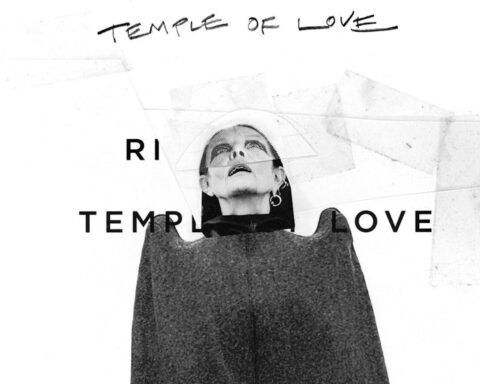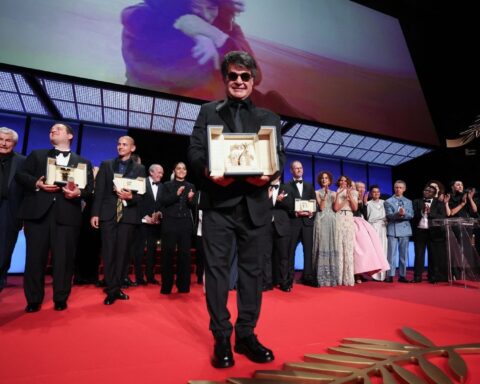The best-selling book of the early 20th century, just behind…the Bible, the horrific novel Dracula, published in 1897, depicts the famous blood-sucking vampire and a hitherto unexplored and little-known region of England, Transylvania. However, its Irish author, Bram Stoker, had never set foot in this Carpathian region and remained in his native Dublin, a region that has nothing to be ashamed of in terms of folk legends.
He fears the first light of day like garlic, wooden stakes and holy water, feasts on the fresh blood of poor human or animal victims, and has neither reflection nor shadow. This figure of the vampire, this “undead” capable of metamorphosing into a bat at any moment, has been handed down to posterity through Bram Stoker’s novel Dracula.
A major work of Gothic fiction, Dracula appeared at the height of the English Industrial Revolution and the British Empire, offering a chiaroscuro vision of progress and science.
Many of the strikingly realistic elements used to describe the customs and habits of Transylvania actually come from the author’s childhood memories, from terrifying folk tales listened to by the fireside and from dusty, voluminous collections found in the Dublin library.
So many places and stories where the macabre is part of everyday life, far removed from Count Dracula’s native Romania.
Stoker, the undead who thought he was doomed
If Bram Stoker had the idea of a creature suffering from porphyria – a blood disease – and fleeing the sun like the plague, to build his vampire myth, he first drew inspiration from his own fragile health.
Abraham Stoker – from his diminutive name Bram – had the good fortune to be born in Marino Crescent, an affluent neighborhood on the outskirts of Dublin. And this at a time – 1847 – when famine was ravaging the city’s deprived districts.
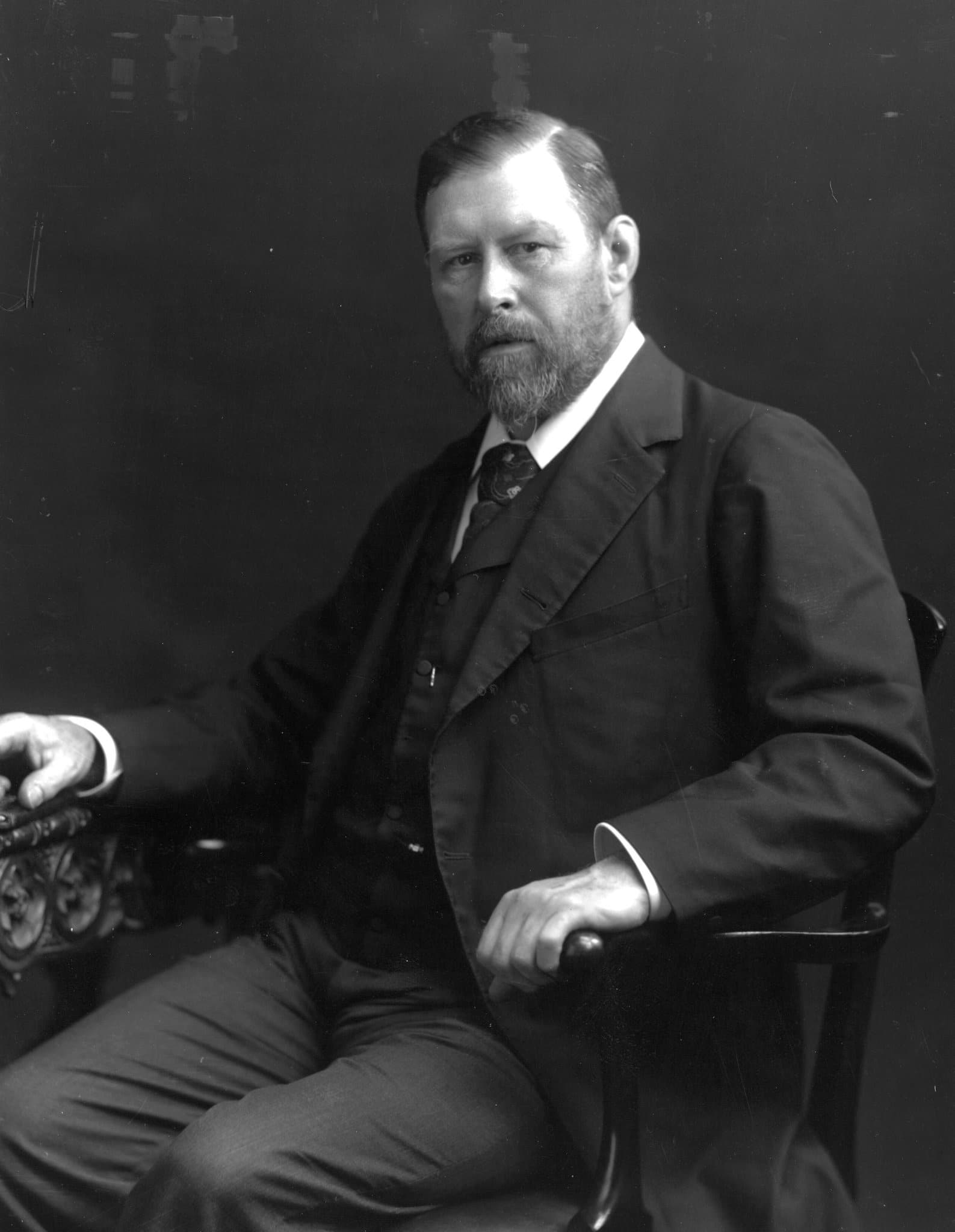
But Dracula’s future father was nevertheless forced to spend the first years of his life bedridden, gnawed away by a mysterious ailment.
As he lay in bed, his mother told him the terrible stories of the cholera epidemic that had decimated Ireland forty years earlier. Stories peopled with dead corpses “as if drained of their blood”.
At the age of 13, he miraculously recovered and was able to put his taste for theater and the strange to good use. He sometimes takes walks along the pier in the town where he was born, when not in the suicide cemetery near St John The Baptist Church in Clontarf, where he was baptized.
In this eerie place, he discovered unblessed graves occupied by the dead, considered by the church to be “cursed, wandering souls”.

At the age of 16, he entered the prestigious Trinity College and befriended Oscar Wilde. One of his former students was Sheridan Le Fanu, author of the lesbian vampire novel Carmilla (1872), which inspired him to create his female characters.
Dublin or the Carpathians at your fingertips
The Irish capital has been the birthplace of many legendary writers, from James Joyce to Jonathan Swift and William Butler.
Then there’s Dracula’s father, Bram Stoker, with his tale of Gothic ruins, rocky mountain ranges and dark, lush forests.

It was a Hungarian geographer named Arminius Vambery who put him on the road to Romania, where he used it as a plot point for his Dracula.
The hero of his novel, Jonathan Harker, a London notary’s clerk, is charged with handing over the title deeds of Carfax Abbey, on the outskirts of London, to the mysterious Count Dracula, whose Wallachian residence is nestled in the impenetrable Carpathian mountains.
Bram Stoker’s meeting with Arminius Vambery proved decisive for the title of the book, which might well have been called “The Undead”. The two men met in 1890, when Bram Stoker was a trustee of London’s Lyceum Theatre. A place where the Beefsteaks Company Club, made up of people with a passion for strange stories and the bizarre, usually holds its salon.
Dracul is one of the nicknames of a bloodthirsty 15th-century Wallachian prince, the voivode Vlad III, meaning “devil” or “dragon” in Wallachian. The inhabitants of Wallachia used to affix the surname Dracul to anyone who had distinguished himself heroically, cruelly or cunningly in battle.
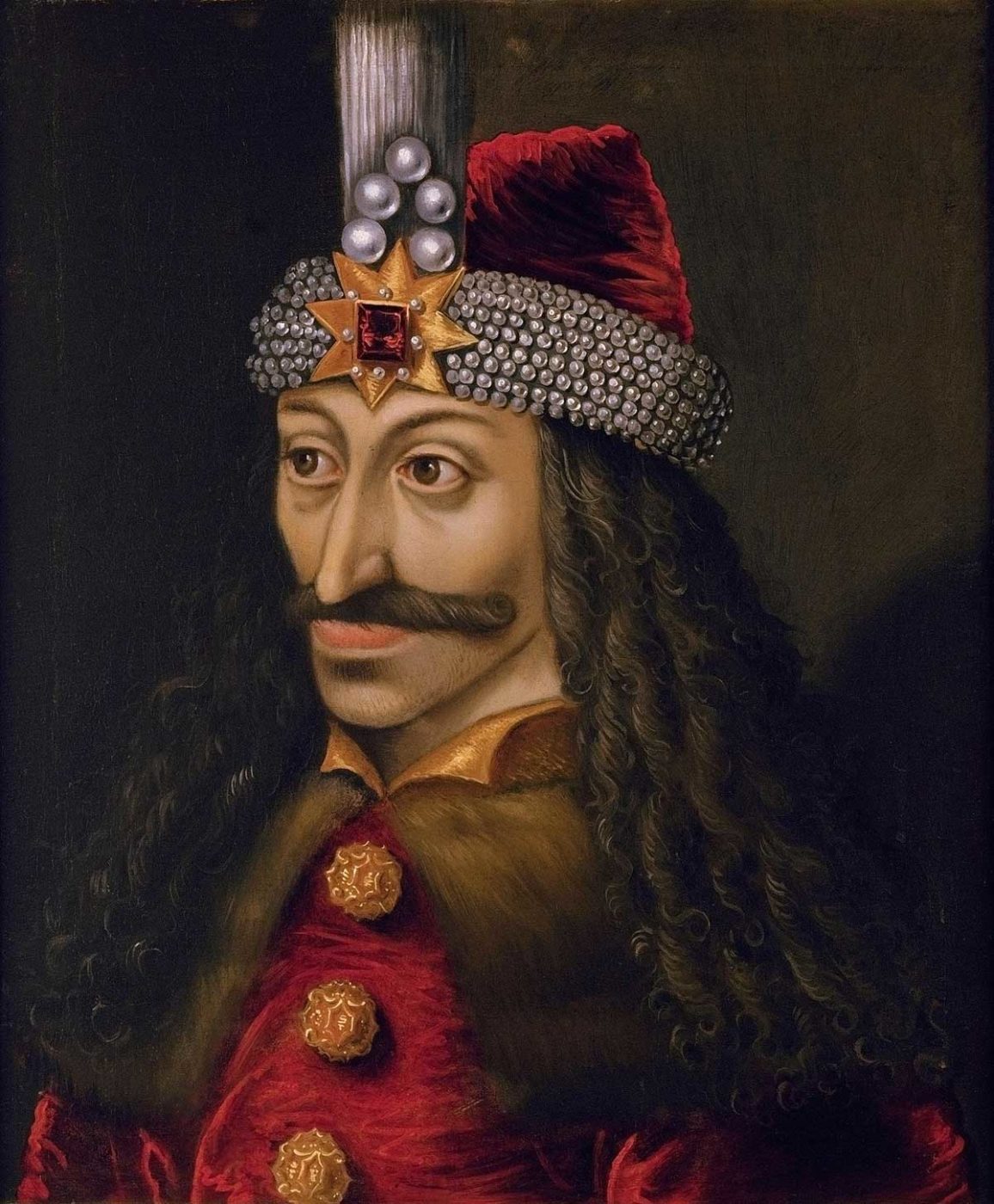
The kingdom of Wallachia was then subject to repeated incursions by the Ottoman Turks, whom Vlad III fiercely fought throughout his reign. This Middle Ages ruler applied the torture of the pall (a stake passed through the body) to his enemies, a practice that earned him the second nickname of Tepes, otherwise known as “the impaler”.
Abhartach also served as a model. This 6th-century Irish chieftain, killed in battle, is said to have appeared the day after his death, demanding that he drink the blood of unfortunate peasants to regenerate himself. The scene is said to have taken place at Dùn Dreach-Fhoula, the “castle of the bloody face”. Incidentally, the Gaelic word is pronounced Droc’ola, in other words, very close to the sound of Dracula.
To set the scene for Count Dracula’s sinister Gothic castle, Bram Stoker didn’t need to make the same Transylvanian journey as his hero, taking him by carriage from Cluj-Napoca to the Trihita Pass, via the small town of Bistrita and the Bargau Pass.
Dublin Castle, where his father works as a clerk, and Slains Castle, near Aberdeen, will suffice.
The author also drew inspiration from Jules Vernes’ novel Castle of the Carpathians, published in 1892, five years before Dracula,
As for Transylvania, literally the land “beyond the forests”, Bram Stoker found invaluable information on local customs and geography in the Marsh’s Library in Dublin.
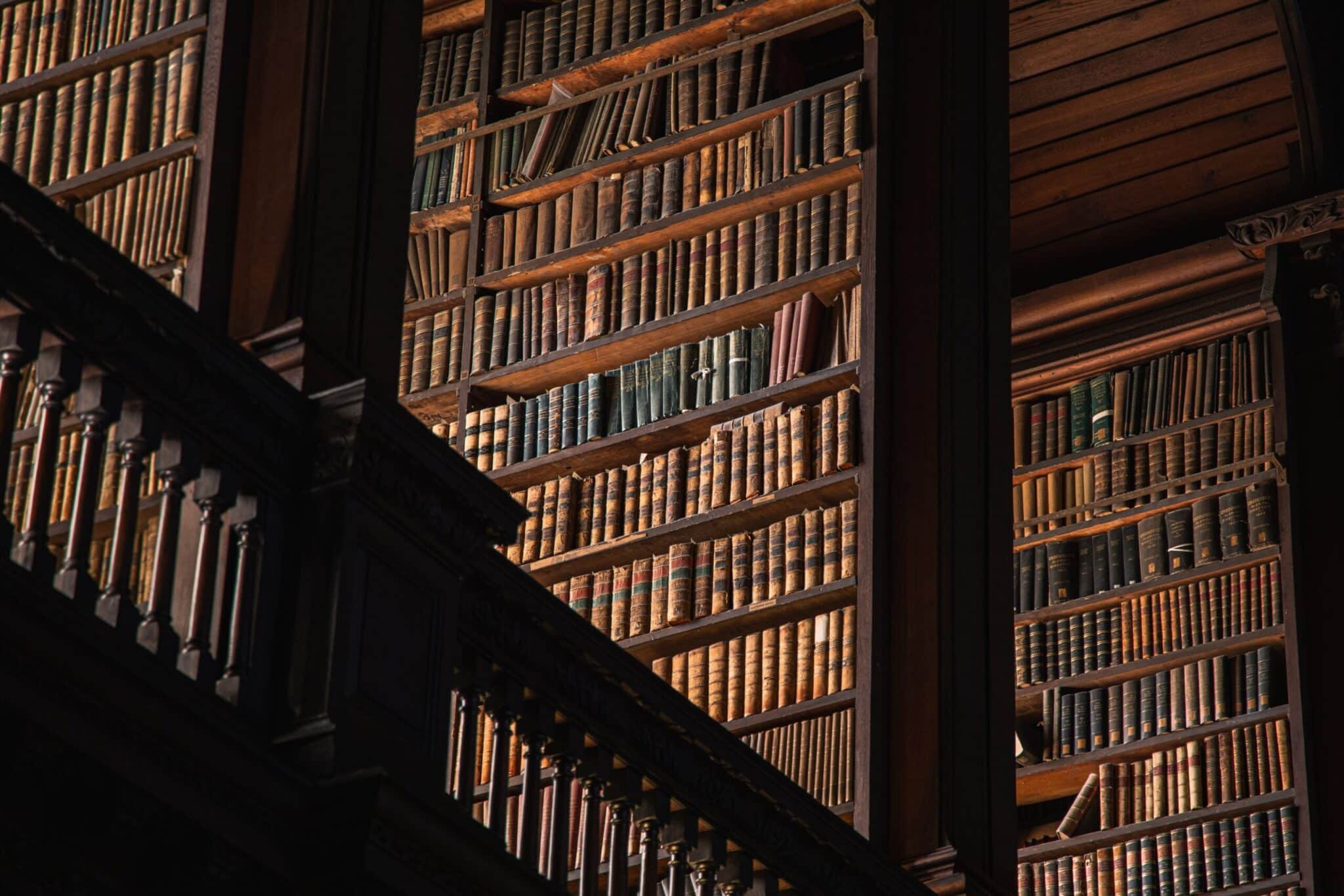
This library is reflected in the description of Count Dracula‘s castle, where the eminent vampire nurtured a boundless curiosity for subjects such as history-geography, botany, geology and law.
In this Marsh’s Library, where time seems to have stood still in the 17th century, Bram Stoker found all the material he needed for the scientific, geographical and cultural content of his novel, in particular anatomical works and maps of the Carpathian region.
Another striking discovery, only recently attested, is that the library housed an authentic mummy in Bram Stoker’s time.
Stoker was also nourished by tales of shipwrecks off Whitby. One story made a particular impression on him, that of the Dmitri, a Russian cargo ship from Varna whose holds were weighted down with sand.
From this story, Bram Stoker drew the Demeter, a ship carrying potting soil on which Count Dracula embarked on his voyage, sowing death upon disembarkation. A fatal spell from the open sea, like the Great Saint Anthony, which in May 1725 spread the plague epidemic in Marseille.
Another story sees another ship, Mary & Agnes, land a dog. That’s all it takes for Bram Stoker to imagine a polymorphous Dracula capable of changing into a canine. This transformation was inspired by the legend of the Barghest, in Yorkshire. This creature in the shape of a giant dog heralds pain, disaster and death, causing all his normal counterparts to howl.
Dracula or Victorian England between light and shadow
Before Dracula became the collective unconscious embodiment of the vampire in films and TV series, he was first and foremost – albeit belatedly – a best-seller.
On its release, his lifelong friend Oscar Wilde is said to have hailed it as “the greatest novel of the 20th century”.
Published in 1897, the novel – which took Bram Stoker seven long years to write, partly in the pub – didn’t really hit the big time until his death in 1912.
Dracula’s Gothic horror themes depict a Victorian England in the grip of technological progress and industrial revolution, disfiguring town and country and undermining historical landmarks.
Darkness is receding, both literally – with the electricity fairy in cities – and figuratively.
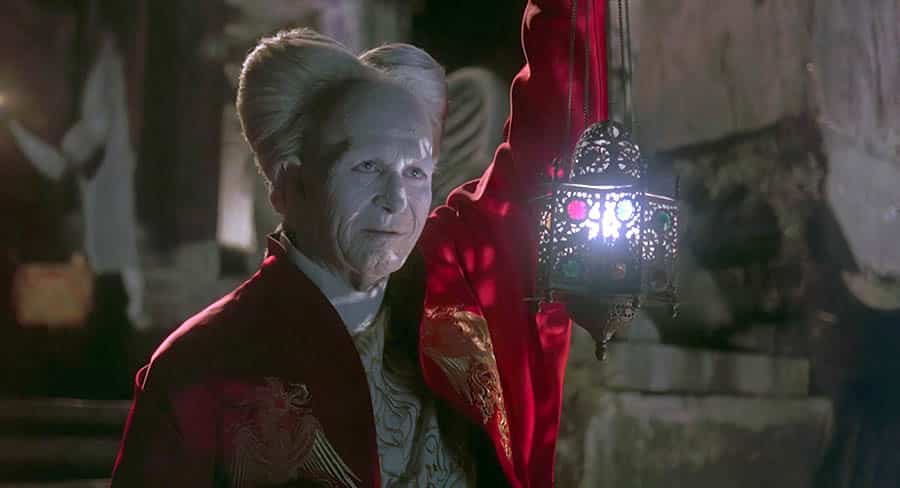
In this age of triumphant positivism, there’s no room for superstition, old-fashioned beliefs and dreams: science and progress are the only things that count.
In the novel, Professor Van Helsing – modelled on his contemporary geographer Arminius Vambery – is the negative of Dracula: the scholar against the scholar, the democrat against the nobleman, the modern against the ancient, reason against superstition.
On the other hand, in the remote, rural and mountainous region of Transylvania, the great discoveries of the Renaissance had still not broken through in the 17th century.
This poor, inaccessible country, steeped in ancestral superstitions, was the perfect setting for this creature of the night.
Dracula is also an edifying novel of drawers, with no direct trajectory. Letters, newspaper articles and, above all, extracts from the diaries of the various protagonists (Johnathan Harker, his fiancée and the vampire’s victim, Mina and Mina’s father, director of the psychiatric asylum adjacent to the Count’s London estate) serve as much to build intrigue and suspense as to persuade the reader of the veracity of the facts.
Moreover, the novel is in the pure nationalist tradition of the so-called invasion novel, such as H.G. Wells’ War of the Worlds (1898). After all, it’s about a Slavic nobleman who comes to England to spread terror.
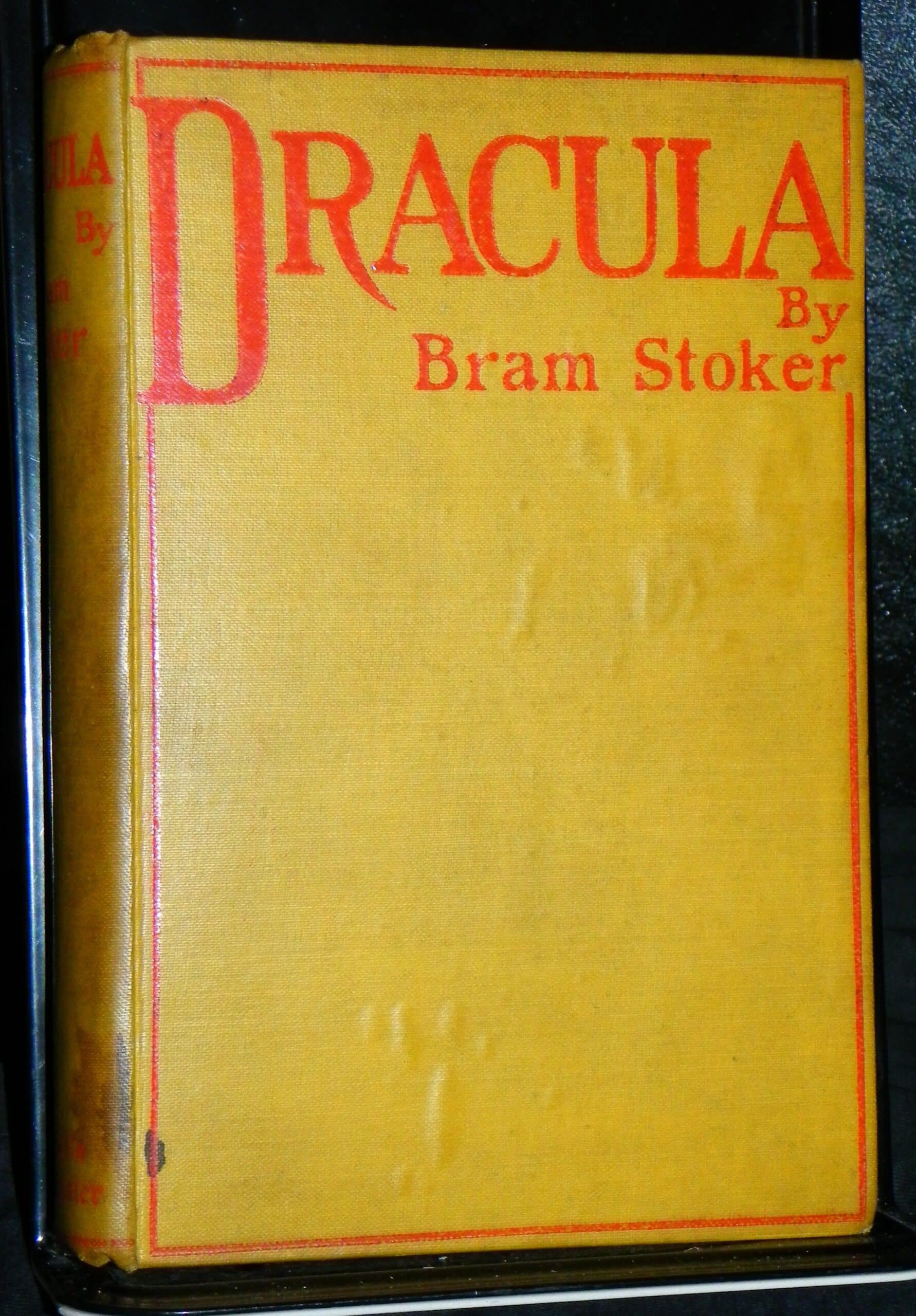
But Dracula’s success was also largely due to its bright yellow cover, a color at the time reserved for erotic books.
The measure had been imposed by Stocker’s publisher because of a love scene between Lucy and the vampire and will be kept until the first seven reprints.
Victorian morality did not take kindly to sulphurous images, especially since Jack the Ripper had been prowling London’s deprived Whitechapel district.
Dracula is thus the fruit of the fears and fantasies of Victorian England. A time when high society shunned the sun’s rays, sporting a pallid complexion described by Count Dracula as “deathly pale, like a wax image”.
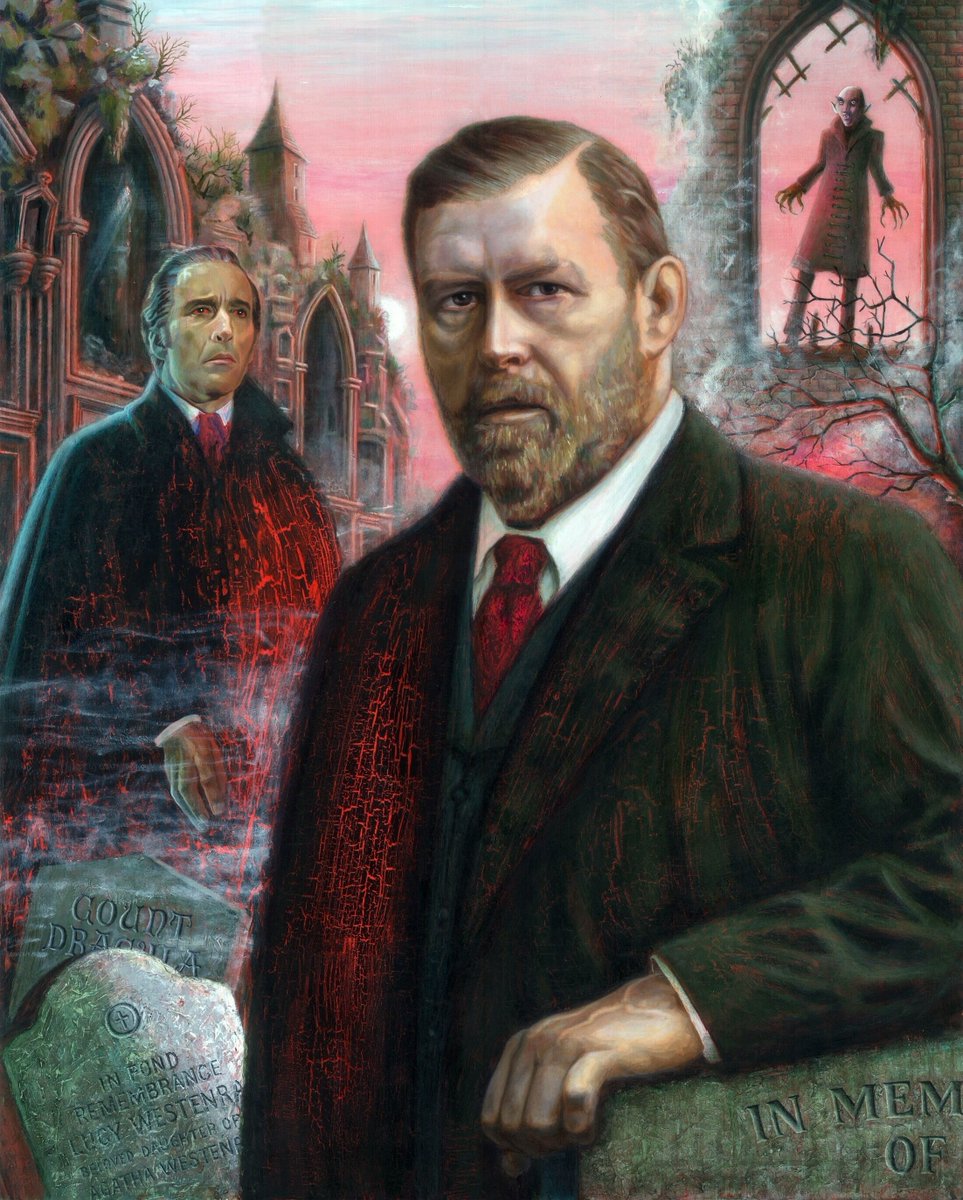
Bram Stoker, meurt à Londres, le 20 avril 1912, sa mort sera occultée par le naufrage du Titanic dans la nuit du 14 au 15 avril.
Read also > FIVE COUTURE MAKE-UP LOOKS TO INSPIRE YOU FOR HALLOWEEN
Featured Photo: Clement Falize/Unsplash










